
cat Cat Paw Pads Dry
In summary, pillow foot or plasma cell pododermatitis is a condition of the footpads in cats. The underlying cause is unknown but it is thought to be a form of autoimmune disease. Symptoms include white, soft, and swollen footpads, which can lead to secondary bacterial infections and painful or uncomfortable walking or standing.
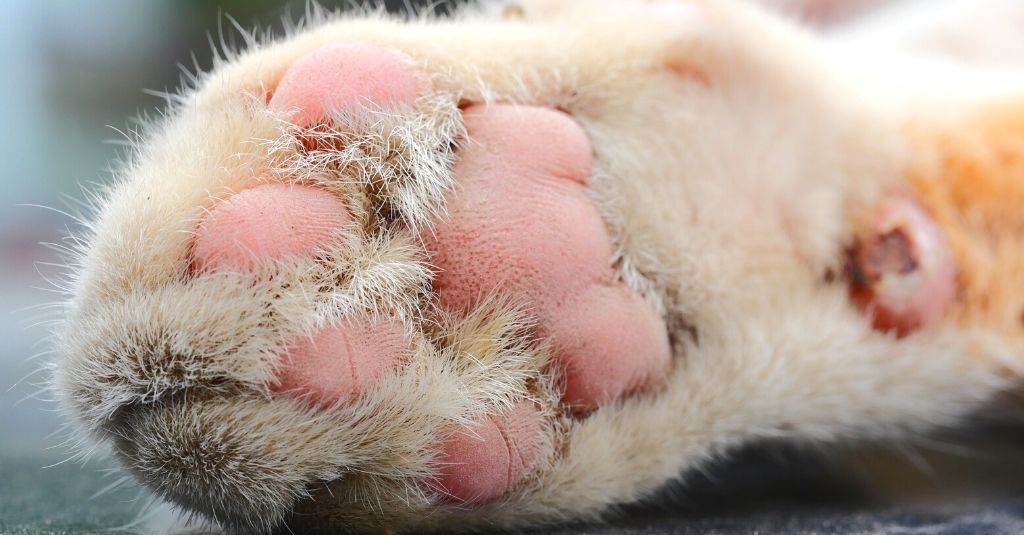
Vet Talks Treating Pillow Foot or Plasma Cell Pododermatitis in Cats
Also known as pillow foot, feline plasma cell pododermatitis (FPP) is a rare autoimmune disorder in cats characterized by inflammation of the paw due to infiltration of plasma cells (a type of white blood cell known as a plasmacyte that secretes antibodies in response to infection).
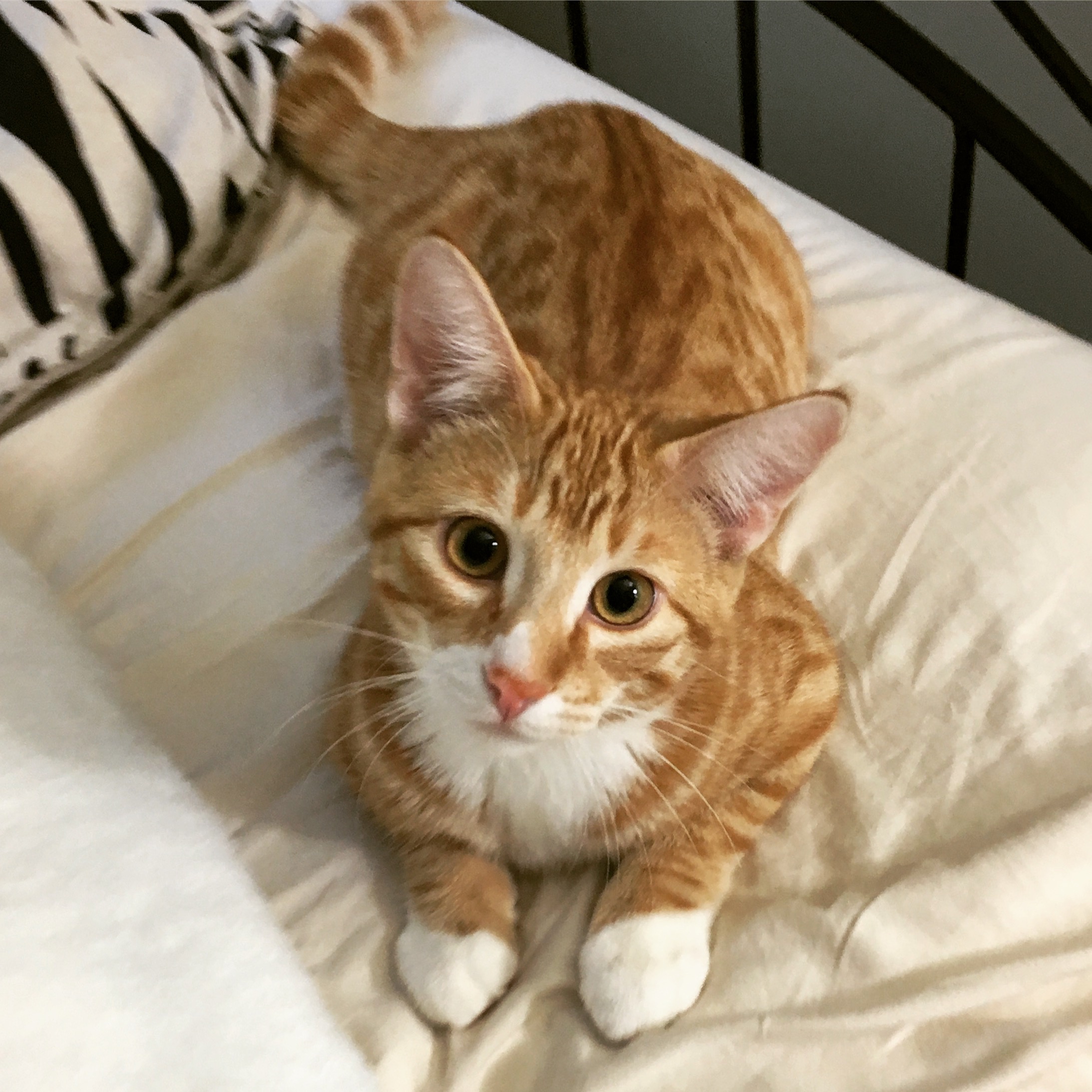
ذكاء القطط Wikiwand
Pillow foot, also known as feline plasma cell pododermatitis (FPP), is a medical condition in cats where the pads of their feet become inflamed and swollen.
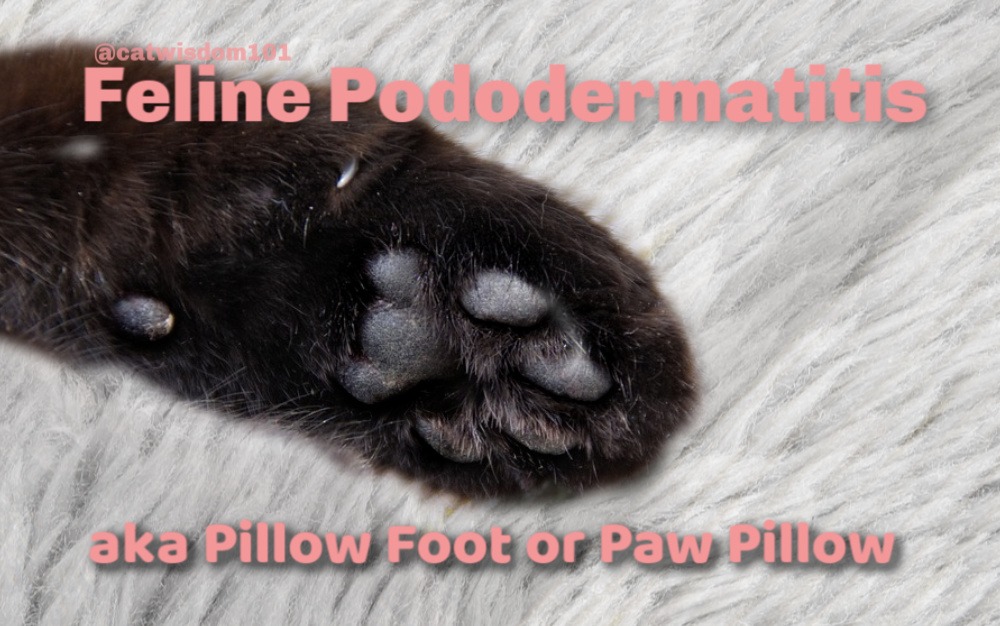
PAWS Adorable Adoptable Treasure Has Pillow Foot Cat Wisdom 101
Felimm: as some studies have shown, pillow foot may have a relationship with FIV, the herbs present in this formulation can be helpful to balance the immune system, help fight against FIV and pillow foot. NHV Felimm is great to help support the lymphatic system.

pictures of pillow foot in cats Reda Heck
Pillow foot, otherwise known as knuckling, is a condition in which a cat's paw curls under, causing the foot to appear almost "pillow-like." Numerous conditions, including nerve damage, muscle weakness, or injuries, might contribute to this syndrome.
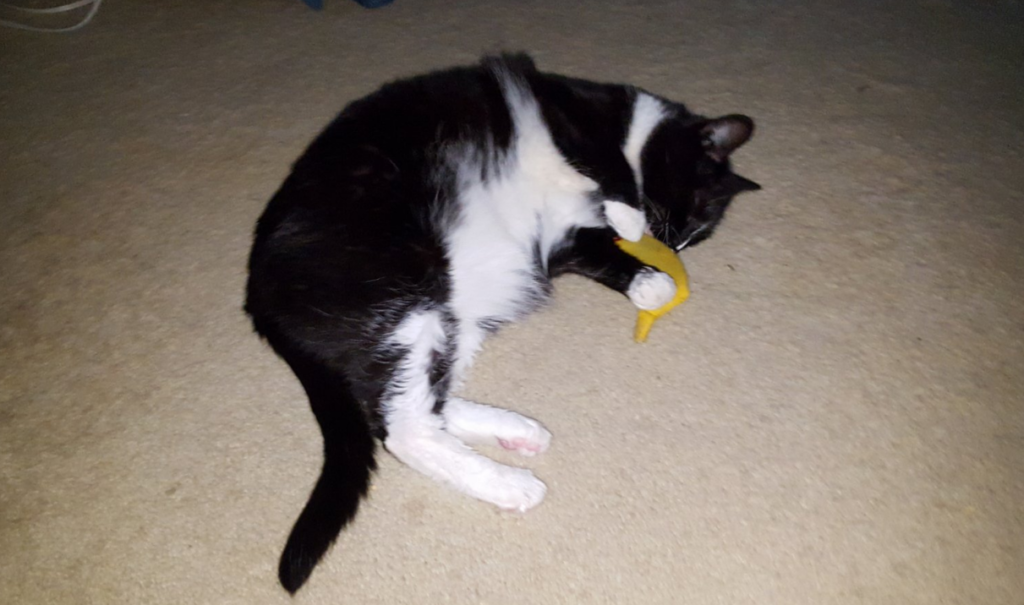
Blog NHV Natural Pet Products
Feline plasma cell pododermatitis is a rare disease with a characteristic symptom of swollen feet. It is for this reason it has the common name of 'pillow paw' or 'pillow foot'. The origin of the disease is not completely clear, but it is believed to be immunity-mediated. This means the well-being of the cat and the efficacy of their.
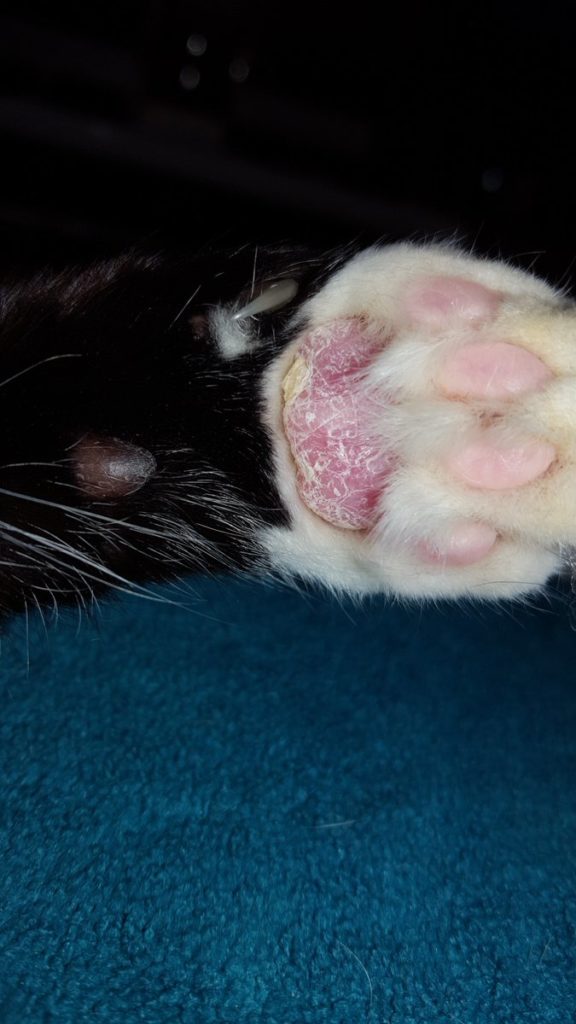
Vet Talks Treating Pillow Foot or Plasma Cell Pododermatitis in Cats
Feline plasma cell pododermatitis (or pillow foot) is an uncommon condition in cats reported in the veterinary literature since the 1980s. It is also reported in dogs, although rarely, with a clinical presentation similar to that in cats.
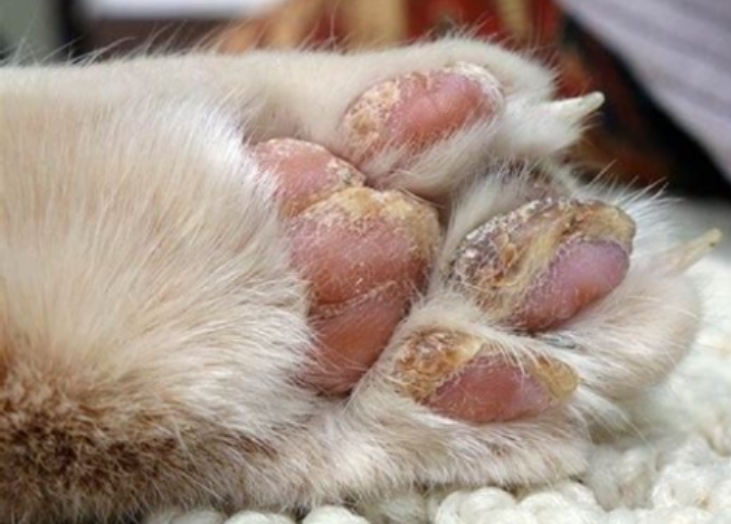
Pillow Foot Cats Symptoms Cat Meme Stock Pictures and Photos
Dear Thomasina: You're describing a condition in cats called feline plasma cell pododermatitis (FPP), and it is sometimes called "Pillow Foot." I haven't heard it referred to as "puffy pad disease," but the name is appropriate because the foot pad of the affected foot (or feet) develops a characteristic swollen, puffy appearance.

a cat laying in a bed on top of a couch next to a pillow and scratching it's head
Pododermatitis in cats is known medically as feline plasma cell pododermatitis and colloquially as pillow foot. It is a painful condition that causes inflammation of the pads, making them puffy and uncomfortable to walk on. Although a relatively uncommon condition, pododermatitis can be debilitating.

Pin on Cats Health Problems
What Is Pillow Foot in Cats? Feline plasma cell pododermatitis (PCP), also known as cat pillow foot, is a skin disease afflicting the paw pads in cats. The flesh of the paw pads is invaded by plasma cells, causing the pads to swell, resembling a pillow.
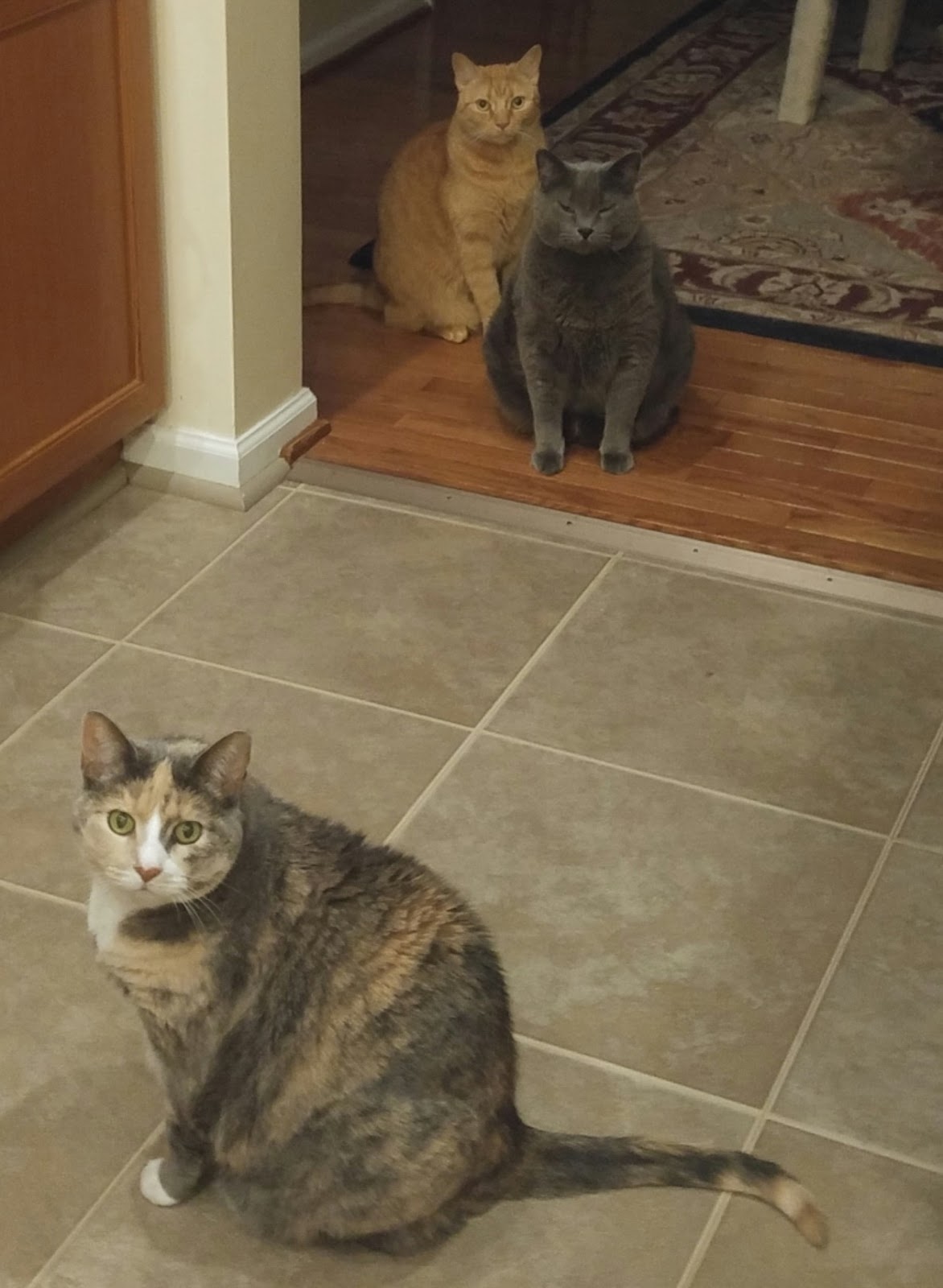
Holistic Vet and Pet Nutrition Journal Natural Treatments For Feline Pillow Foot (Feline Plasma
Plasma cell pododermatitis, commonly referred to by the names Pillow Foot or Pillow Paw, is a disease of the footpads that can occur in some cats. The medical term "pododermatitis" literally means inflammation of the skin on the foot. It is known for its surprising appearance of spongy, doughy, and large footpads.
35 HQ Images Pillow Foot In Cats Cat Paw Pictures Download Free Images On Unsplash iwanguler
Cat Pillow Foot, also known as Pododermatitis, is a condition that affects a cat's paws. It is characterized by inflammation and swelling of the paw pads, making them appear thickened and swollen. This condition can cause discomfort and pain for our feline friends.
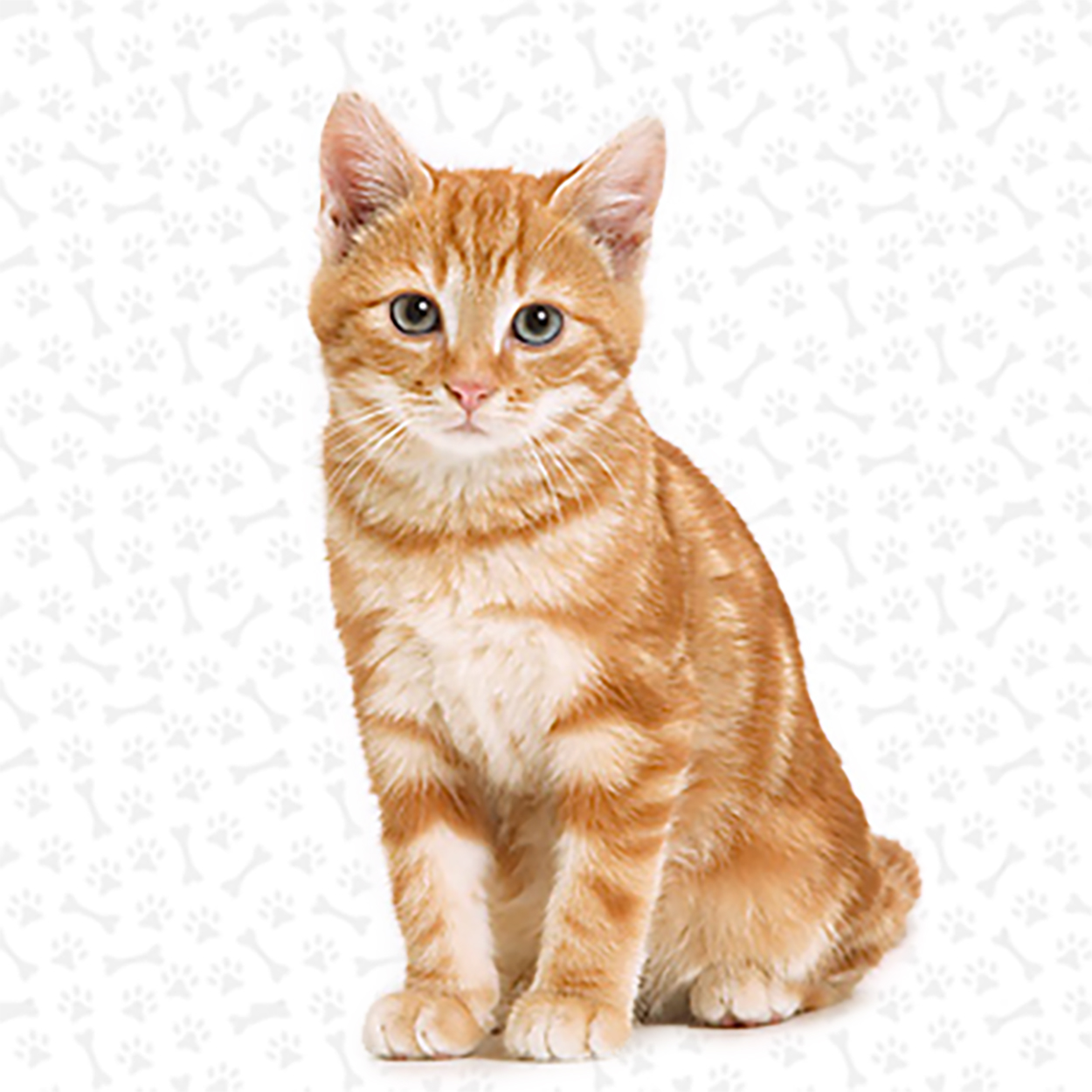
Pillow Foot in Cats Treatment & Home Remedies
Plasma cell pododermatitis is a foot pad disease of cats that is fairly classical in its appearance yet its significance is poorly understood. Plasma cell pododermatitis literally means foot inflammation involving infiltration by plasma cells. Plasma cells are activated lymphocytes in full maturity suddenly and severely producing antibodies.
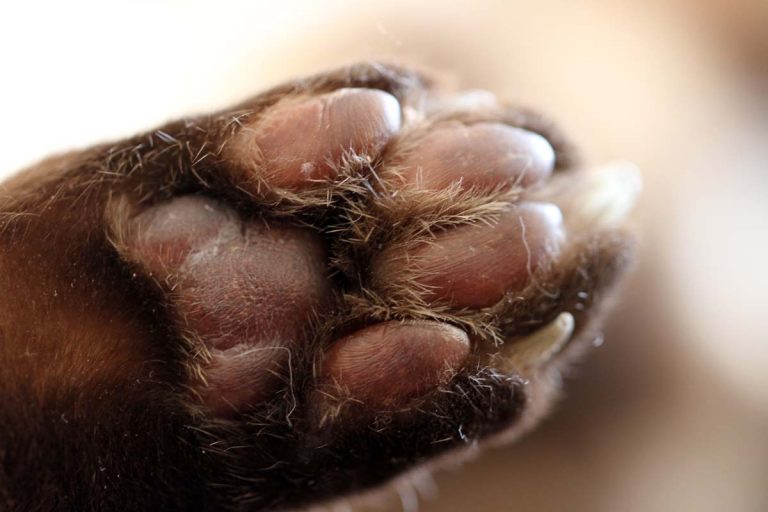
What Causes Pillow Foot In Cats Cat Meme Stock Pictures and Photos
Pillow foot (also known as plasma cell pododermatitis) refers to inflammation of the paw pads due the presence of high numbers of plasma cells. These inflammatory cells respond to various stimuli, such as allergens or bacteria, that a cat may come into contact with. Sometimes this response can be excessive and lead to swelling.

Pin on For school
Feline plasmacytic pododermatitis is an uncommon disease affecting either the metacarpal or metatarsal footpads. Rarely, digital footpads may be affected. The cause is unknown, although the disease may be immune-mediated based on the frequent finding of hypergammaglobulin Aemia, plasma cell infiltration and response to glucocorticoids. Affected.
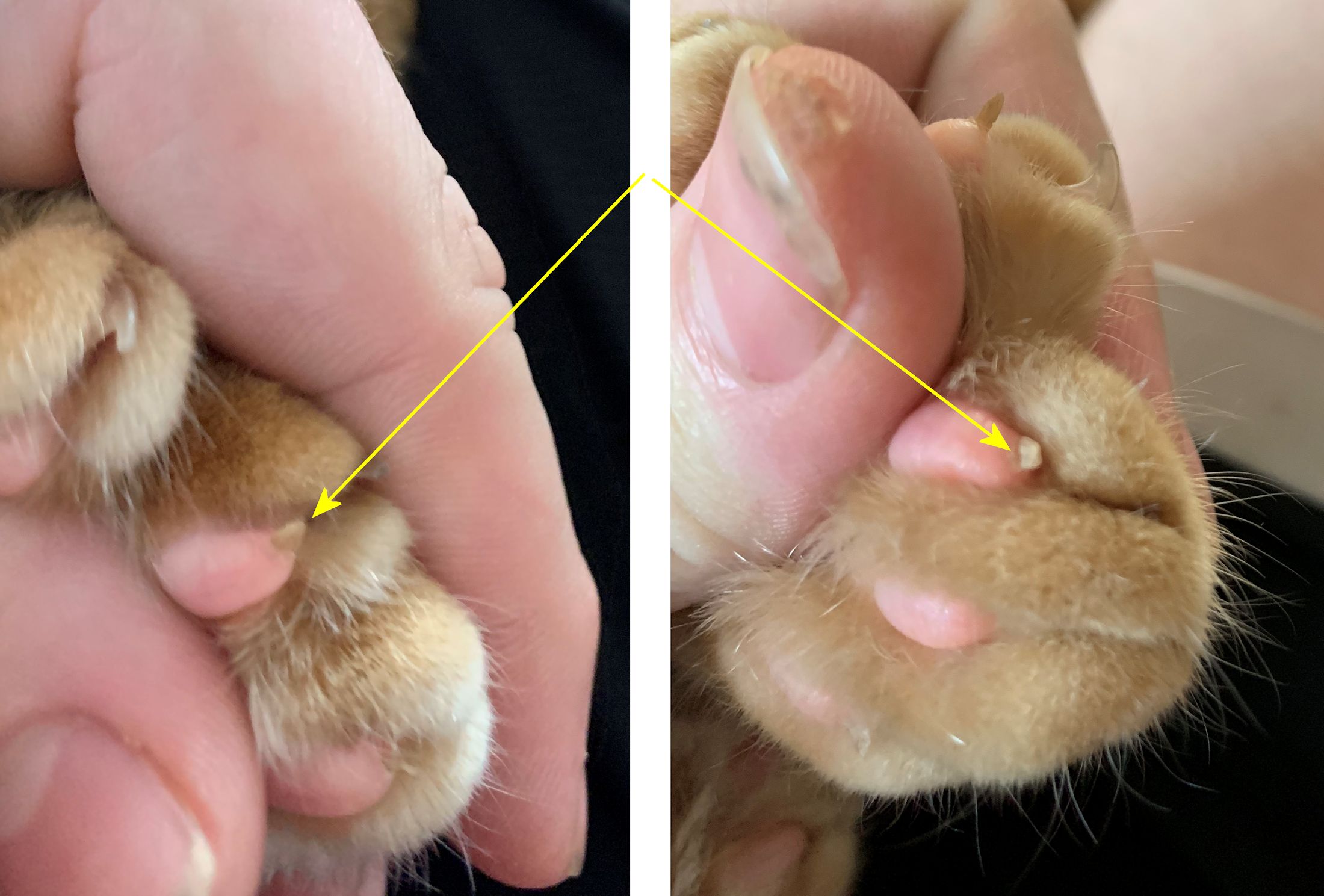
Pillow Paw Cat Treatment Cat Meme Stock Pictures and Photos
"Pillow Foot" or "Pillow Paw" (Feline Plasma Cell Pododermatitis) is an autoimmune condition that can cause cats to develop painful, swollen cracked paw pads on one or more of their paws. The exact cause is unknown, but like other autoimmune conditions, it is the body's response to an antibody or infection that causes an inflammatory response.